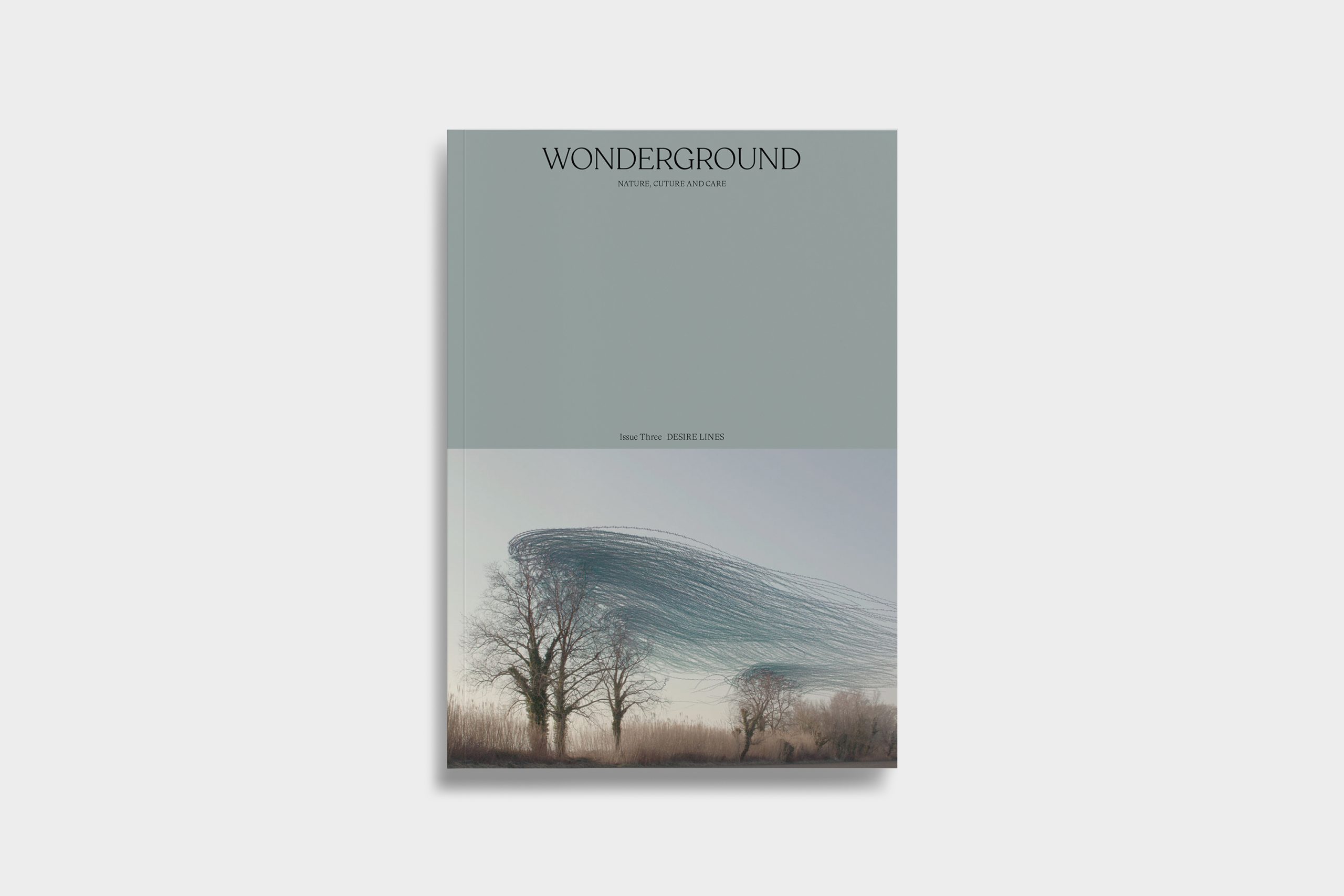The Wild Streets of Vancouver

- Words by
- Dave Demers
When Vancouver, the densest city on the Canadian west coast, decides to let its grass grow, the course is set for an inescapable reckoning between lofty political goals – decarbonise, decolonise and rewild the city – and a visceral reaction to nature untamed. What’s desirable on paper doesn’t always transform into an outcome that appeals to all, especially when gardens are involved.
Lawns have been pilloried for decades as the go-to evil of the Western landscape approach – wasteful and deprived of diversity – and yet they remain. Lawns can be useful. They’re easy on the eye and make for flashy, widely recognised statements. But like a toxic lover, we can’t seem to part from them, even when we know, and deserve, better.
As a commissioner for the Vancouver Board of Parks and Recreation, one of seven elected during the last municipal election, I have an opportunity to help steer policies and make decisions on a range of public space issues: from street trees to forests, beaches to community pools and soccer pitches. One of my main priorities is to push back on the by-default mowing of our public turf – which adds up to about 470 hectares across the city – and explore options for alternatives, like wildflower meadows.
The Vancouver meadow pilot project was initiated quietly in 2020 and comprises twenty plots in low-usage areas scattered through city parks and golf courses. In each of the plots, mowing is reduced to once per year, when grasses and forbs dry off in late summer. Mown strips are maintained along pathways, while improvised trails and impromptu picnic spots appear wherever park users feel like it. Academics jumped on the opportunity to bear witness to the biological bonanza of the newly freed lawns: some carbon wasn’t released and some more was sequestered, soil moisture climbed and soil temperature dipped, flowers bloomed and insect, bird and bat populations boomed.
For once, achieving more cost taxpayers less.
FOR A CITY BUILT on the ancestral and unceded territories of the Coast Salish peoples and committed to reconciliation and decolonisation, questioning widely accepted Western land management practices is a step in the right direction. Decolonisation, as I see it, is not about returning to idealised, pre-contact ways: it is about seeking a better, shared understanding of history and cultivating respect for the land and its peoples. This, I hope, will inform actions that contribute to correcting the course of history. While incessant mowing is a one-way servitude of nature, our meadow pilot is about stewardship rooted in an ethic of interconnectedness central to traditional Indigenous knowledge.
Approval was far from universal. Folks either embraced this new wildness or hastily fired accusations and lodged their complaints (ranging from misguided budgetary appropriation to ideological overreach). Shaggy lawns are easily turned political, lumped in with the disorder coming out of visible homelessness and social unrest. What signal are we sending to everybody? That we are giving up? That this city is falling into disrepair?

RESTORING COASTAL MARSHLANDS, daylighting streams, combatting forest invasives: this gathers almost unanimous support from the citizenry. It is Destination Nature, well defined and separate, fully contained and over there. But rewilding underfoot, here and everywhere? Not so much, say many. The pioneer settler mindset is alive and well, if not as a conscious predisposition, but one that lingers in the shadows of our collective brain, passed down from one generation to the next.
Take my paternal grandpa, for example. A man who would find heretical the idea of letting anything under his watch (or by extension mine) grow any taller-wider-raggier than predetermined. Grandpa was a farmer who spent his younger winters as a bûcheron (a French-Canadian lumberjack). Taming nature was deep in his bones. He loved being in the woods in a spirit, I suspect, more of defiance and duty than communion. Clipping-mowinghacking to make a civilising statement. Constant vigilance, de rigueur. Grandpa would build a fence and then clear an additional perimeter strip. Nature need not approach.
The impressive waters and towering forested mountains that surround Vancouver are a constant and dramatic reminder of the boundaries between the here – our civilised city – and the there – nature untamed. But this perceived separateness is showing faultlines: a recent heat dome killed hundreds, forest fire smoke now defines our summers, increasing atmospheric rivers are washing away the normative predictability – and hubris – we have until recently comfortably relied on.
Our unmown patches of long, wonderfully messy grass and wildflowers are the tiniest embodiment of the empathy and modesty we now need. A new kind of order.
The meadow pilot project is set to expand, from pockets in parks to streets and boulevards. Soon, a network of wild ribbons of plants will weave the city together – aesthetically as much as biologically. By normalising and promoting this approach to landscape stewardship, our hope is to help shift the baseline of the desirable. I am convinced many already see the clarity of the intent and the urgency of action.
As for hearts, they’ll be won over in time. Every commute to work, picnic and walk in the park a reminder that the self-imposed separateness from nature, the boundaries between the here and there, never really were.








